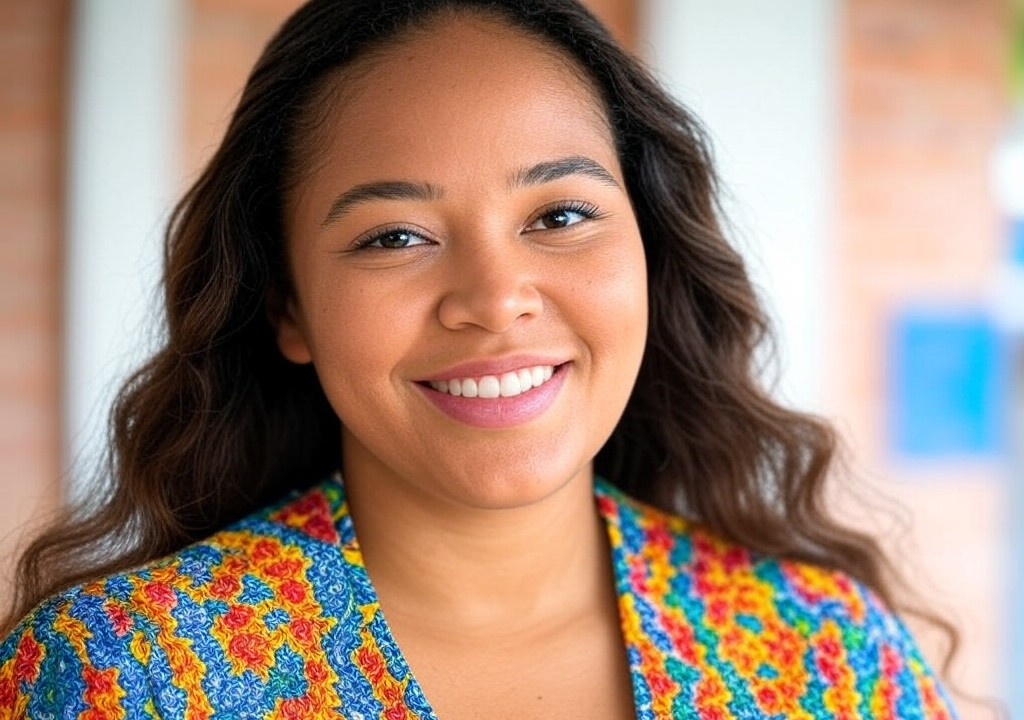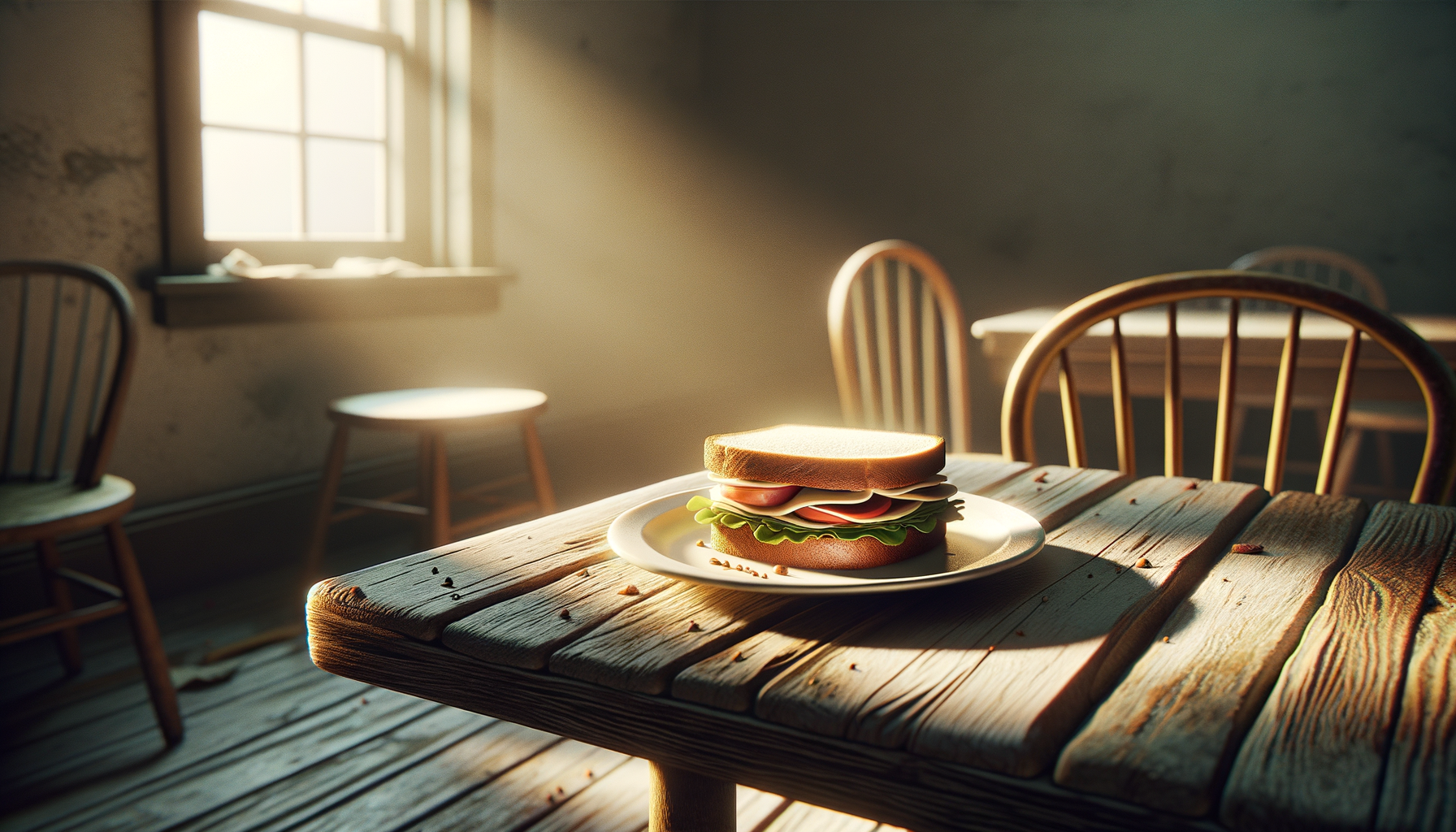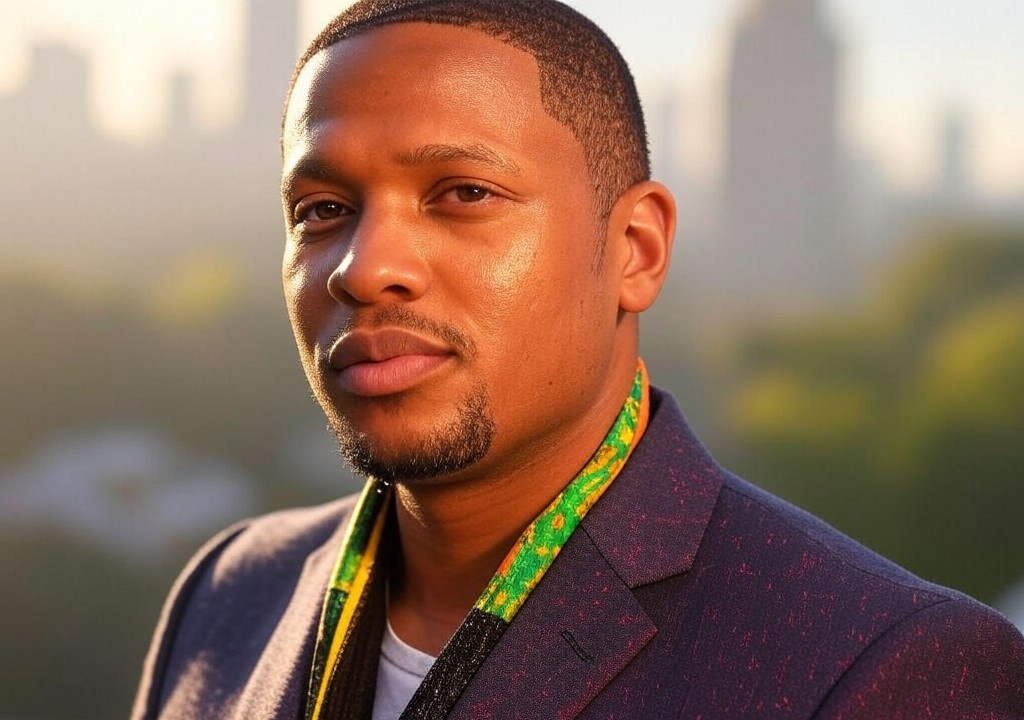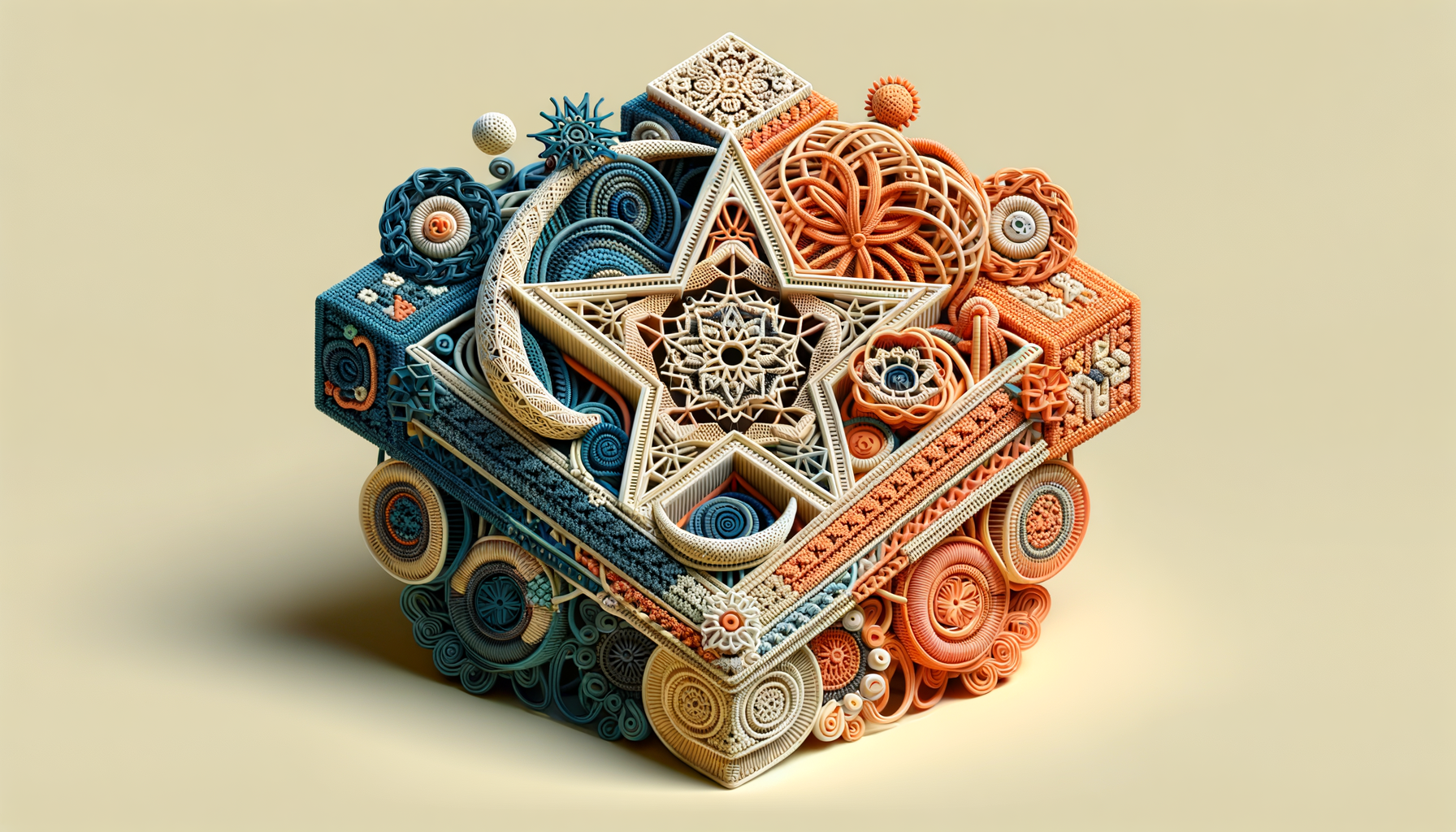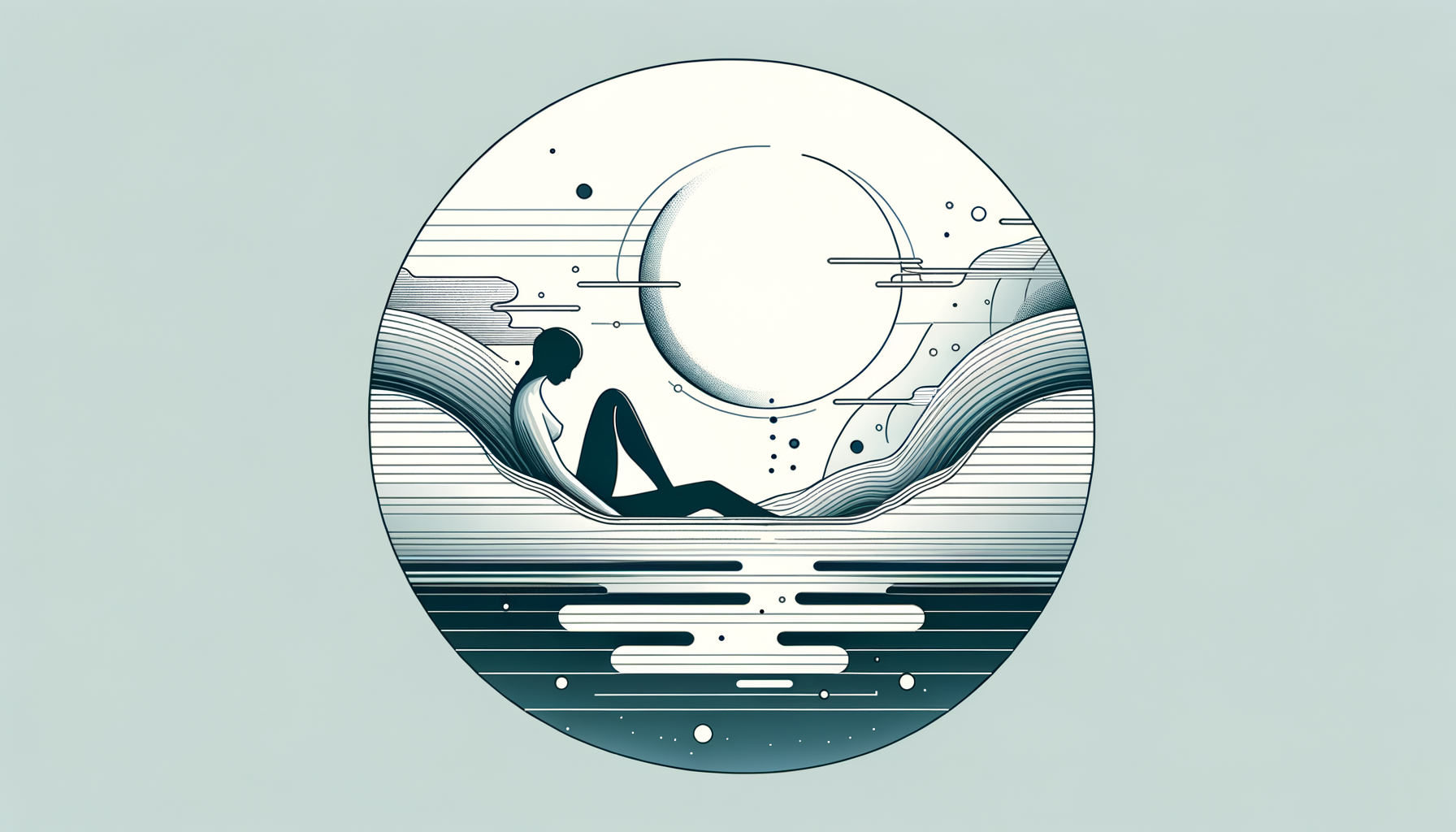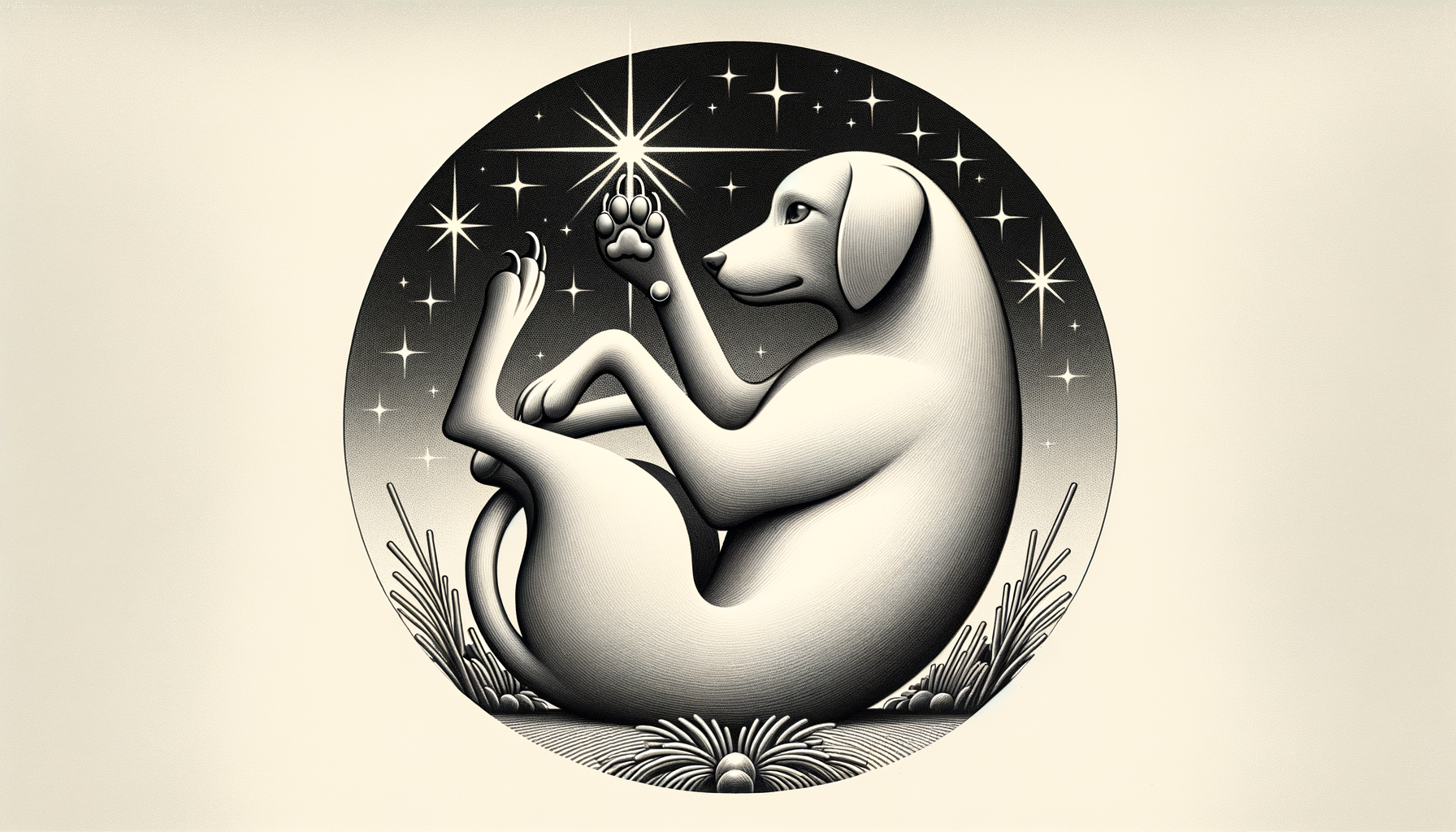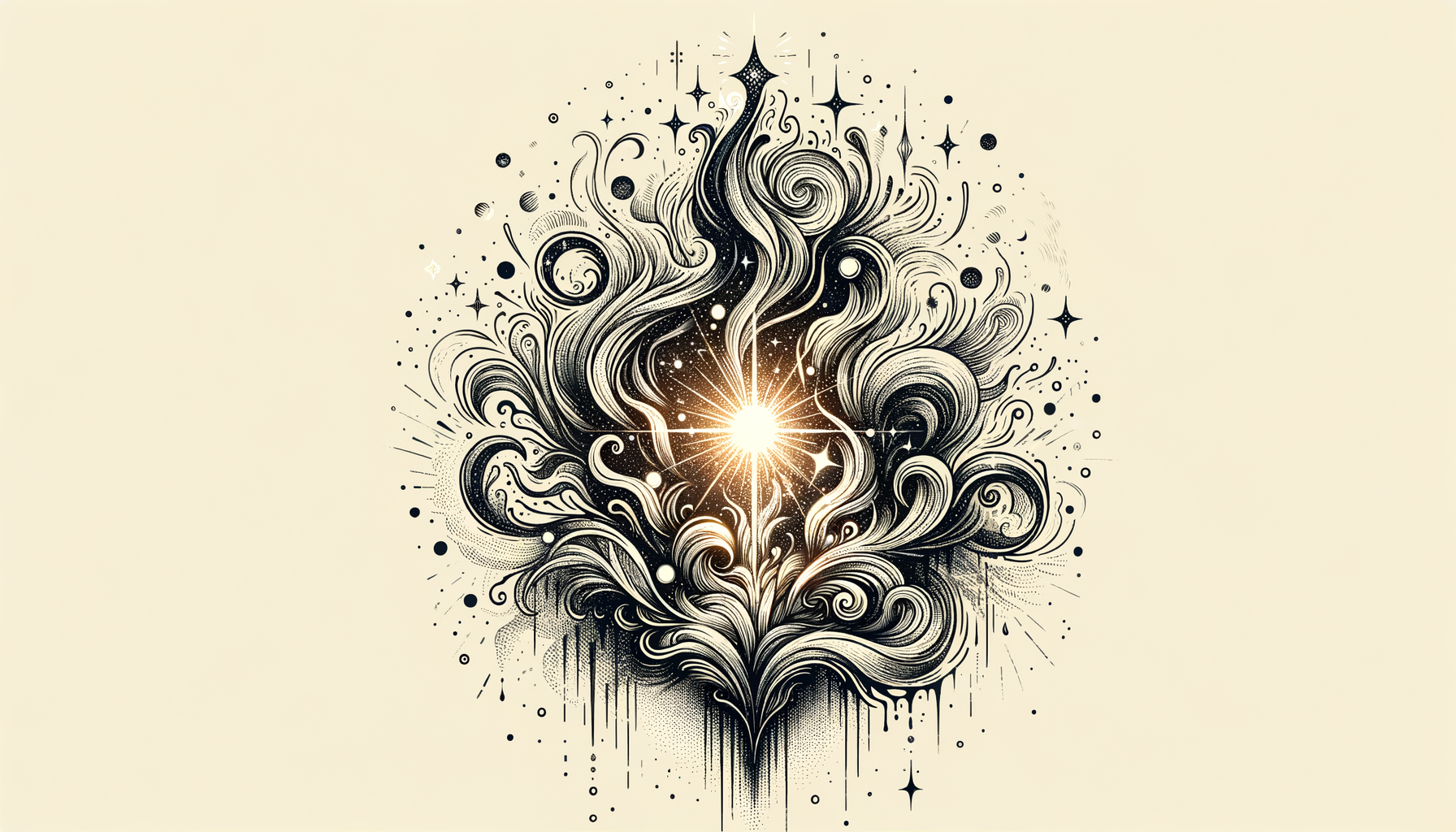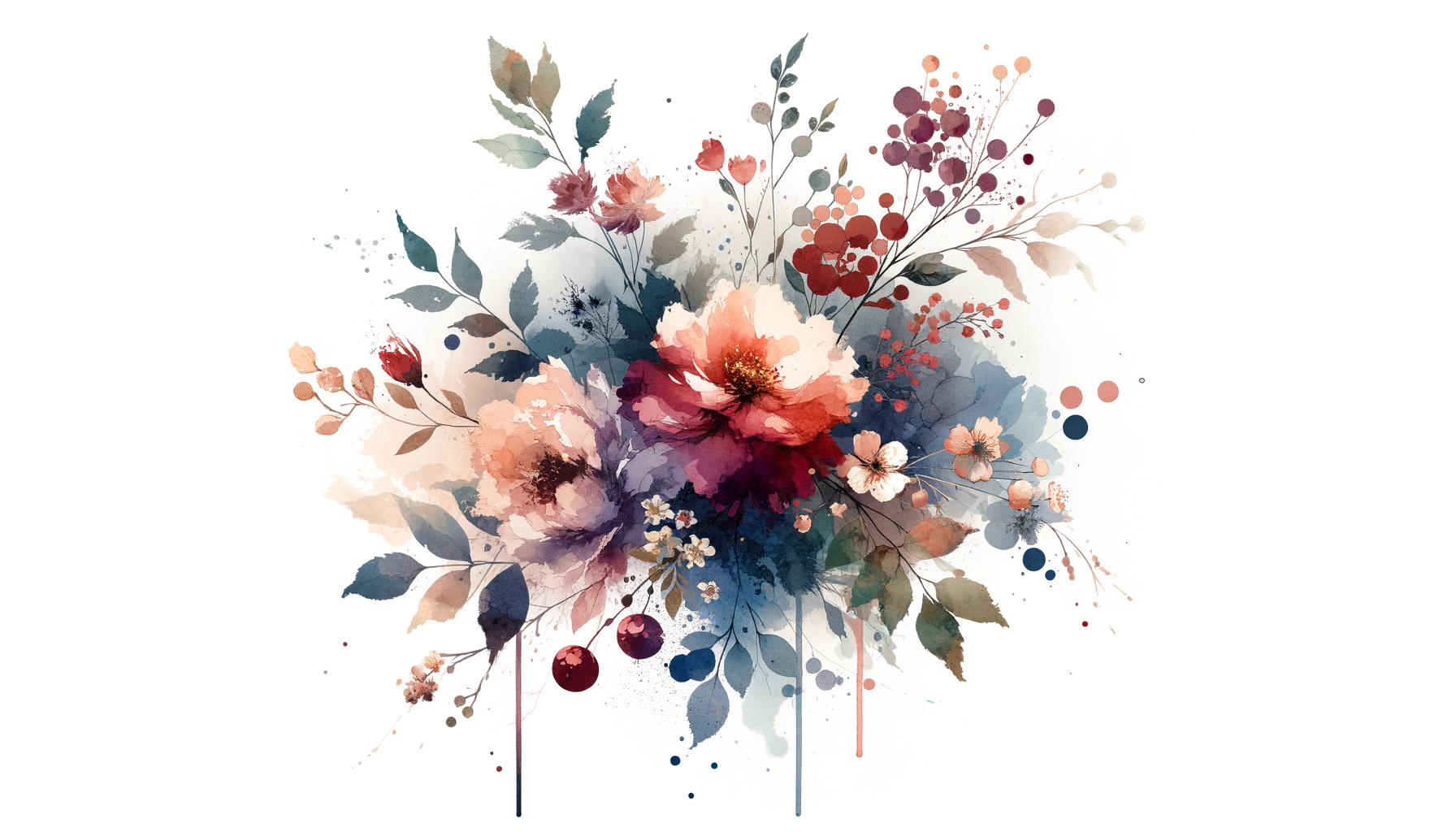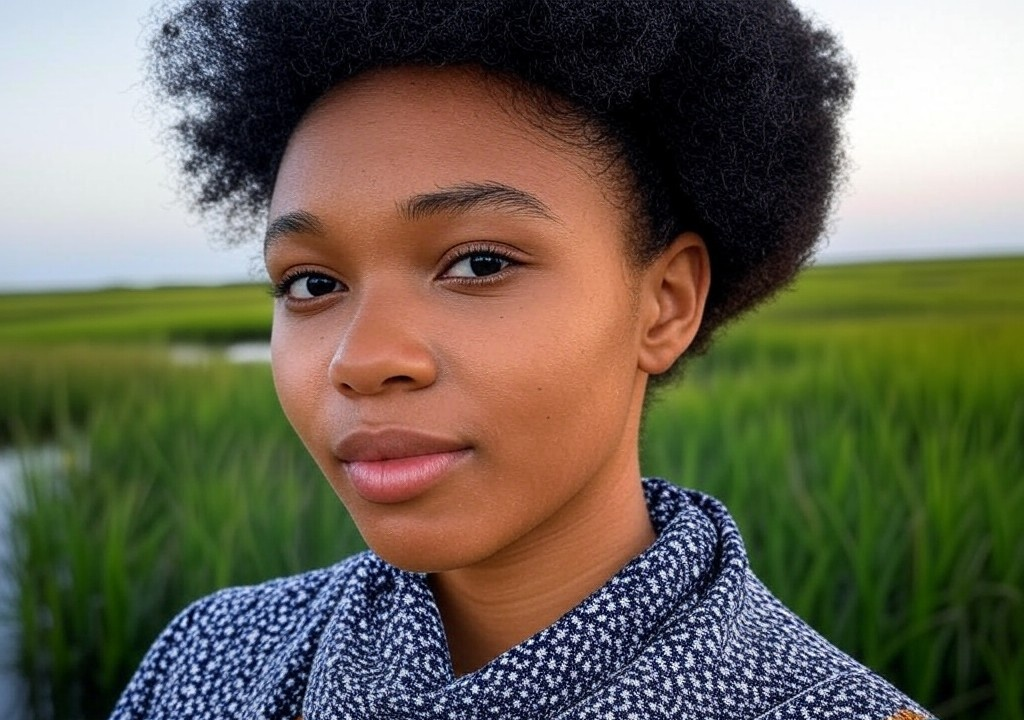The Scar That Tells a Story
Scars are funny things, aren’t they? They linger as souvenirs from moments you’d rather forget—awkward accidents, emotional missteps, or even reckless choices that seemed like great ideas at the time. A scar is a little “hello” from your past, reminding you of your resilience and, let’s be real, your humanity.
I’ve got a scar on my left knee from the time I decided to show off my “amazing” roller-skating skills as a kid. Translation: I was doing too much and hit a crack in the pavement. Face, meet concrete. But ask me to tell that story now, and it becomes less about the fall and more about how I got up, brushed myself off, and chased my little brother down the street anyway.
Our scars—both the physical ones and the invisible, emotional ones—serve a similar purpose in relationships. They mark pain, healing, and growth. Whether it’s the heartbreak that taught you how to set boundaries or the literal scar from a cooking date gone disastrously wrong (hot oil is not forgiving, y'all), these experiences shape who we are. And as uncomfortable as scars can be, they’re proof that we’ve loved, lost, and lived.
Scars as Conversation Starters
Here’s the funny thing about scars: they’re storytellers. Think about it. You’re at a party or on a first date, and someone asks, “What happened there?” pointing to a faint mark on your arm. You launch into the tale of how you got it camping, trying to wrestle a marshmallow off a dangerously long stick. Suddenly, you’re not just two people sitting across from each other; you’re swapping personal histories.
Scars—at least the ones we’re willing to share—make us relatable. They’re chips in the glossy, perfect veneer we sometimes try to maintain in relationships. So, the next time you feel tempted to hide your quirks or experiences, think of a scar and how it might spark an unexpectedly deep connection.
Emotional Scars: The Ones You Don’t See
Now, let’s dive deeper—the metaphorical scar territory. You know, the kind you can’t see in the mirror but you feel in your gut.
Take my first heartbreak, for example. I met this guy in college who was basically a walking stereotype: acoustic guitar, scruffy beard, and the kind of poetic brooding that could rival Edward Cullen. He called my laugh “cinematic,” which, in hindsight, should’ve been a red flag (Sir, what does that even mean?). Our relationship burned fast and fizzled faster. When it ended, I felt more cracked than Houston’s sidewalks after an especially dry summer.
But here’s what happened next. That emotional scar? It healed. Slowly but surely, it stitched itself back together and left behind the kind of memory that changed the way I loved. It taught me what I deserved—like actual effort and fewer sad ballads. And those lessons became a part of me, strengthening the foundation for future relationships.
If you’re sitting with emotional scars, here’s your reminder: Yes, they might still sting when you press on them, but over time, they help you grow into the kind of person who loves more courageously and wisely. Scars don’t mean broken. They mean healed.
How to Wear Your Scars Like Armor
So, how do you embrace your scars, big or small, literal or emotional? Here are a few guiding (and hopefully fun) principles:
1. Tell the Story, but Don’t Let It Define You.
Your scar isn’t the whole story—it’s part of it. Sure, you fell off the metaphorical bike, but don’t stop there. What did getting back up teach you? And if someone you’re dating wants to make that scar your entire identity? Big yikes. Swipe left on that kind of energy, metaphorically or literally.
2. Laugh About It, When You’re Ready.
Healing takes time, but humor can be the ultimate stitch. I mean, how else do you get past the time you tripped in heels on a first date and mashed your chin into a café table? (Yes, this happened to me. No, he did not call me back.) When you’re ready to laugh about your scars, it’s often a sign you’ve moved past them.
3. Share Selectively.
While scars can build intimacy, not every scar needs to be spotlighted, especially early on. Think of them like a Netflix show—release info in episodes, not season-long binges. This ensures emotional boundaries stay intact, and you don’t end up oversharing with someone who isn’t ready or worthy of that level of vulnerability.
4. Honor the Healing Process.
Maybe your scar is fresh, or maybe it’s decades old. Either way, the journey to healing deserves respect. Sometimes you’ll find gratitude in what a scar taught you. Other times, the lesson will feel messy or incomplete. That’s okay. Healing isn’t linear.
Let Pop Culture Be Your Guide
Need inspiration for owning your scars? Look no further than pop culture. Take Selena Quintanilla’s washing-machine dance in Selena (a reminder to turn even the awkward into iconic) or Coco’s Miguel, whose family scars became the bridge to embracing his heritage. These characters don’t shy away from their histories—they embrace them.
Even in relationships, consider Ross and Rachel from Friends. Their on-again, off-again saga was a masterclass in scar-sharing—and scar-reopening—but eventually, their messiness led to a greater understanding of what they meant to each other. Plus, who doesn’t love a good “We were on a break!” callback?
Scars Aren’t the End, They’re the Beginning
Whether your scar is physical, emotional, or the type that still sends you into a spiral at 2 a.m. with “what if” questions, here’s the thing: scars are doorways. They aren’t stop signs. They open paths to humor, connection, healing, and deeper self-understanding.
So, wear your scars however you want. Let them whisper your story or shout it from the rooftops. Let them make you laugh, cry, or feel empowered. Just don’t let them hold you back. Your scars aren’t imperfections—they’re proof you’ve lived. And isn’t that what life—and love—is all about?


